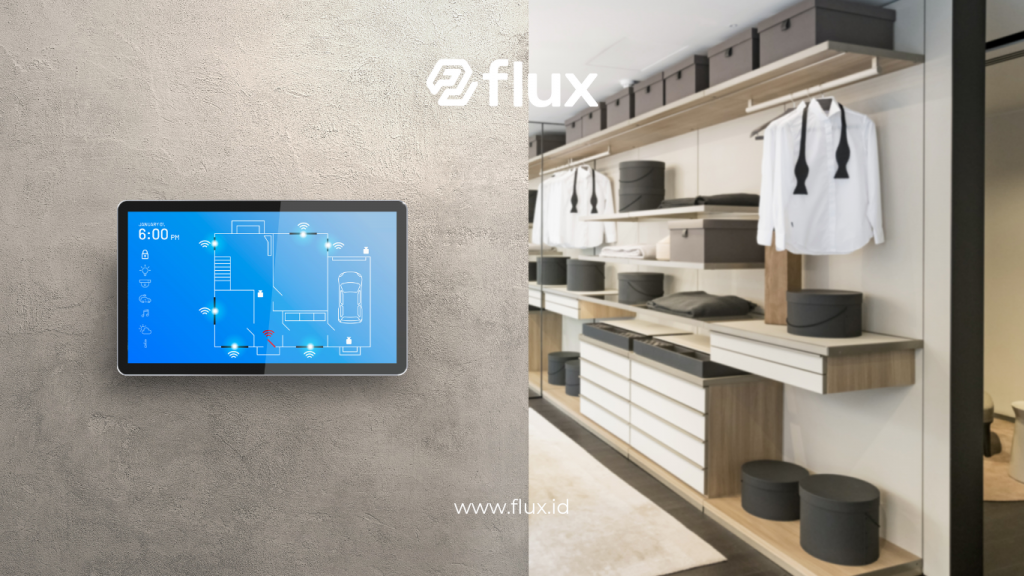Don't miss our holiday offer - 20% OFF!
In this era of rapid technological advancement, the concept of smart homes has captured widespread interest. Smart homes, powered by Internet of Things (IoT) technology, offer unparalleled convenience, efficiency, and security. This article explores the Impact of IoT on Modern Life and how IoT is reshaping our daily lives.
Contents
1. What Are Smart Homes?

Read More: Easily Manage Your Home: IoT as a Smart Home Solution
A smart home is a residence equipped with IoT devices that automate and control various household functions remotely.
- Key Components of a Smart Home
- IoT Devices such as sensors, cameras, and thermostats.
- Internet Connectivity to link all devices together.
- Control Platforms like mobile apps or voice assistants.
- Common Features of Smart Homes
- Automated temperature control.
- Smart lighting systems.
- IoT-powered security solutions.
2. The Growing Popularity of Smart Homes in the Modern Era
Technological advancements and improved internet connectivity have fueled the global adoption of smart homes.
Factors Driving Popularity
- Convenience
Users can control home devices remotely using their smartphones. - Energy Efficiency
Smart homes help reduce energy consumption through devices like smart LEDs and automated thermostats. - Enhanced Security
IoT-based security systems, such as smart cameras, provide real-time protection.
3. The Role of IoT in Smart Homes

Read More: Optimizing Your Home: How IoT is Transforming the Smart Home Concept
The Internet of Things (IoT) serves as the backbone of smart home technology.
How IoT Works in Smart Homes
- IoT connects devices via the internet, enabling seamless communication.
- For instance, a smart thermostat can interact with temperature sensors to adjust room settings.
Benefits of IoT in Smart Homes
- Full Automation: Routine tasks like turning on lights are handled automatically.
- Data Collection: IoT analyzes user habits to enhance the smart home experience.
4. Benefits of Smart Homes for Modern Living
Smart homes provide not only convenience but also other significant advantages.
Key Benefits
- Time Efficiency
Smart devices reduce the need for manual tasks. - Cost Savings
Energy-efficient technologies lower electricity bills. - Improved Security
IoT sensors offer early warnings for threats like fires or break-ins. - Eco-Friendly Solutions
Smart homes contribute to sustainability through energy-saving innovations.
5. Challenges in Adopting Smart Homes

Read More: Entering the Digital Era with IoT-Based Smart Homes
Despite their advantages, there are challenges to implementing smart homes.
Main Challenges
- High Initial Costs
The upfront investment in smart devices can be a barrier for many. - Privacy Concerns
IoT devices collect user data, raising concerns about data privacy. - Integration Complexity
Not all devices are compatible, complicating the integration process.
6. The Future of Smart Homes with IoT
Smart homes are poised to become even more advanced in the future.
Future Trends
- Artificial Intelligence (AI)
AI will enable more personalized and adaptive smart home systems. - 5G-Enabled IoT
5G networks will improve connectivity and device responsiveness. - Integrated Energy Systems
Smart homes will increasingly adopt eco-friendly solutions like solar energy integration.
Conclusion
Smart homes, supported by IoT technology, have revolutionized modern living. By offering convenience, efficiency, and security, they are becoming a popular choice for many. However, challenges such as cost and privacy must be addressed. As technology continues to evolve, smart homes will deliver even more sophisticated innovations, making our lives more comfortable and interconnected.





